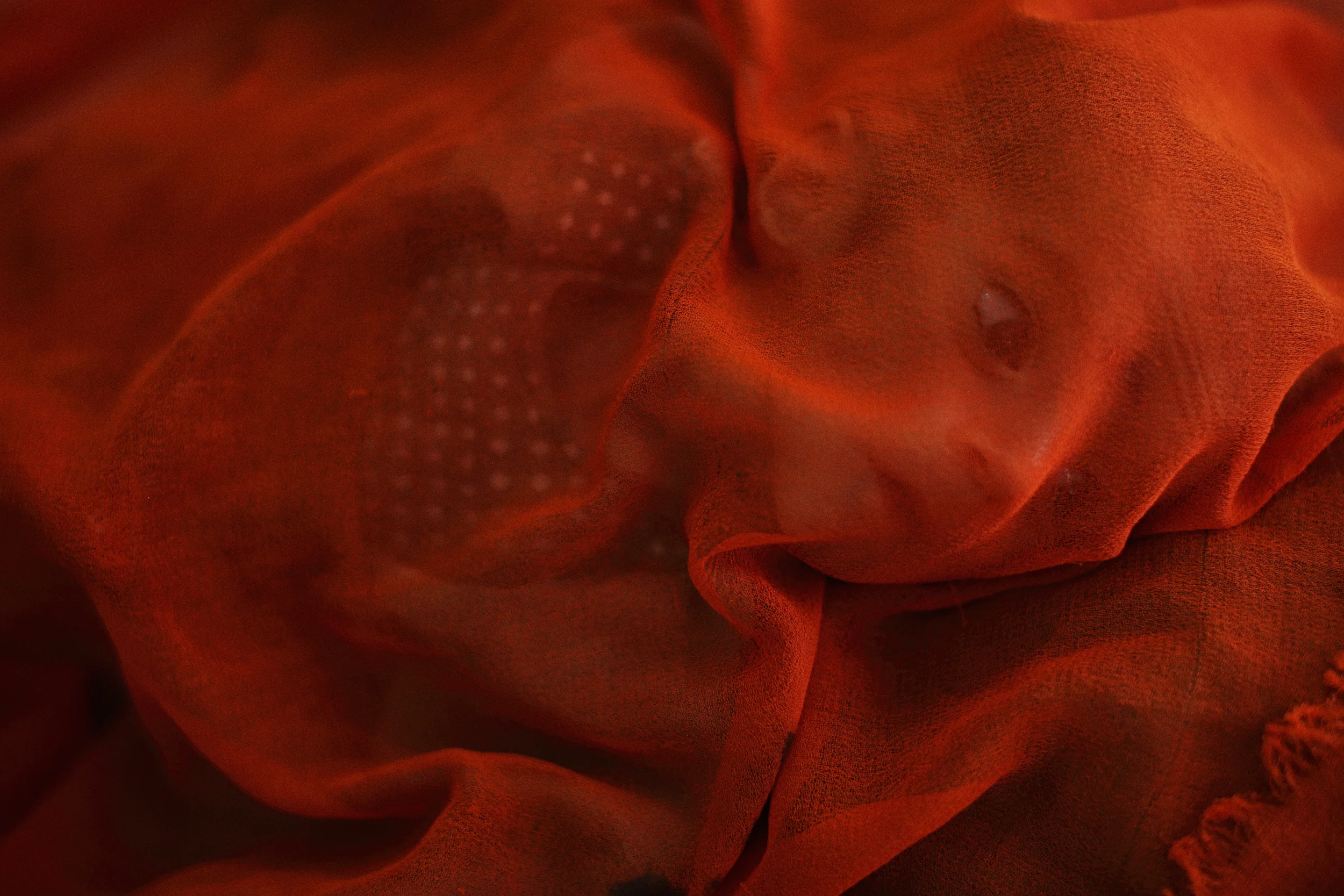
2015

Gul Ahmad, an infant boy suffering from acute malnutrition, is covered by his mother's scarf while being treated in the therapeutic feeding centre at Bost Hospital. Malnutrition, according to staff of Médecins Sans Frontières, who administer the hospital, is a chronic problem in Afghanistan. In most cases it is not malnutrition that sees children admitted to hospital but an illness that has been brought on by the child's inability to fight off infection because its body is so degraded of vital nutrients. Helmand Province, April, 2015.
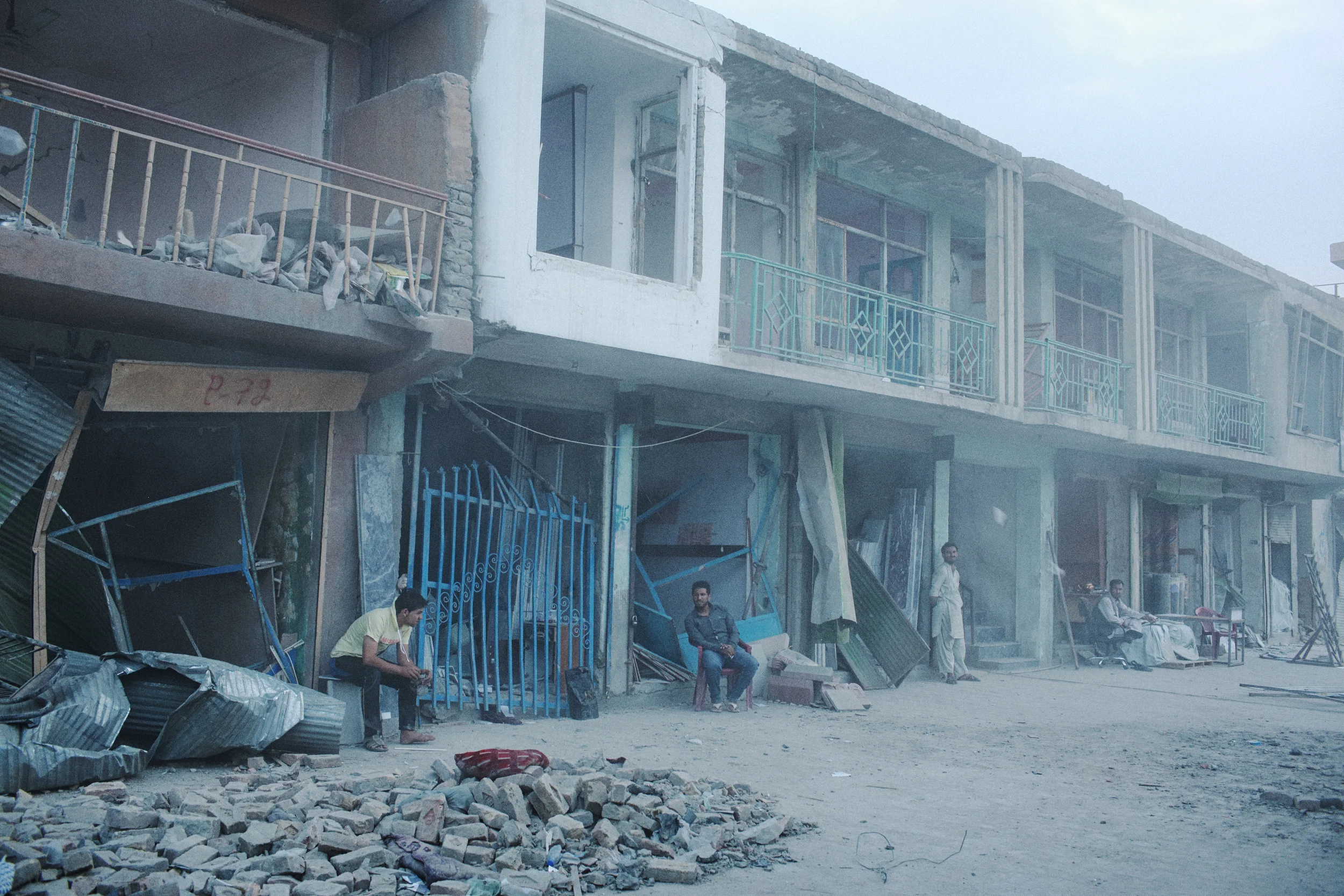
Shopkeepers sit at the entrances to their stores after their doors and windows were blown in by a truck bomb that killed 15 and injured hundreds of civilians in the early hours of the morning. The attack would be the first of three in the 24 hours that followed. Kabul, August, 2015.
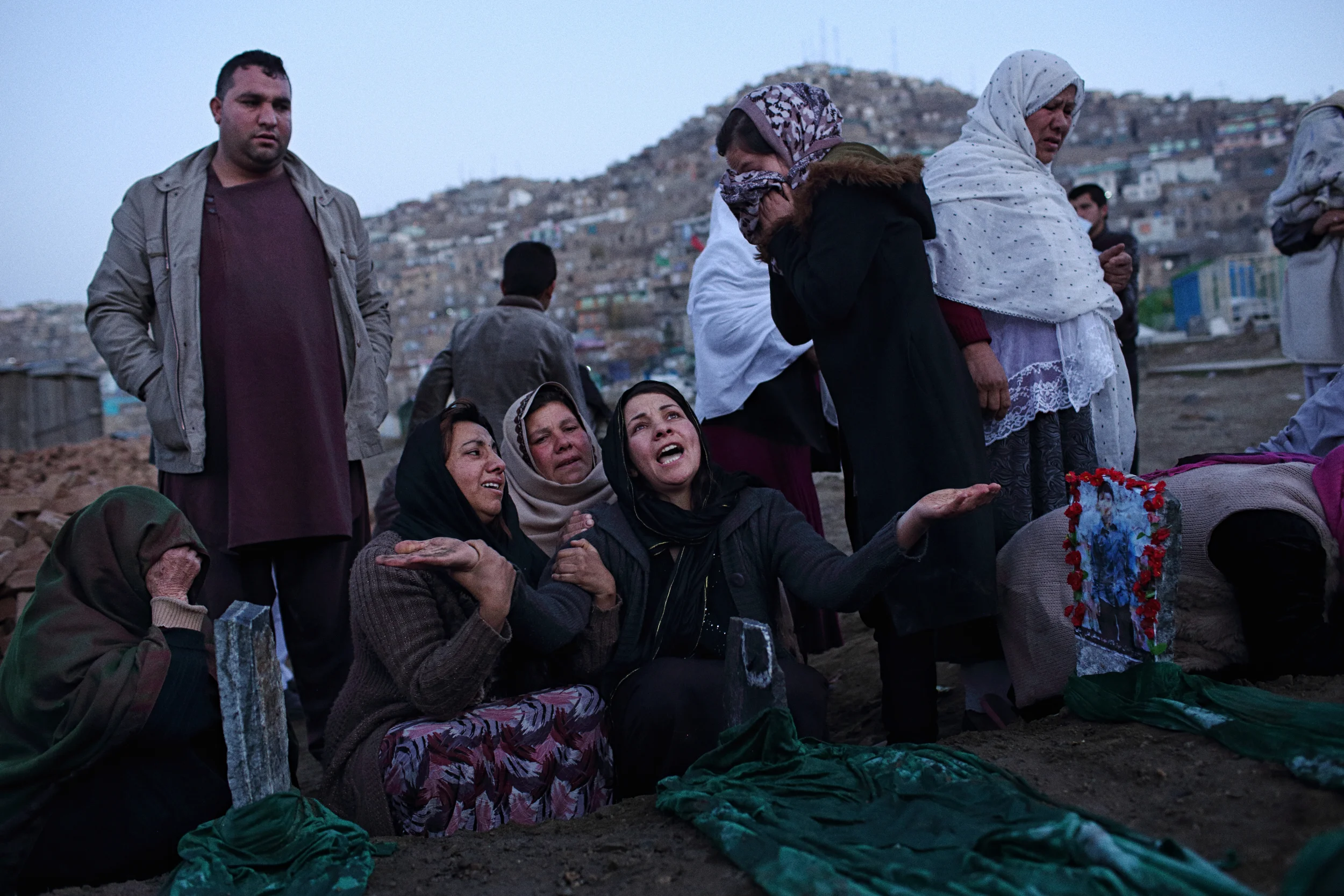
At dawn, the day after seven young boys were killed when a piece of unexploded ordinance they’d found exploded, women of the boys' families mourned at Karte-y Sakhi cemetery, where the seven were buried side by side the day before. Kabul, November 2015.
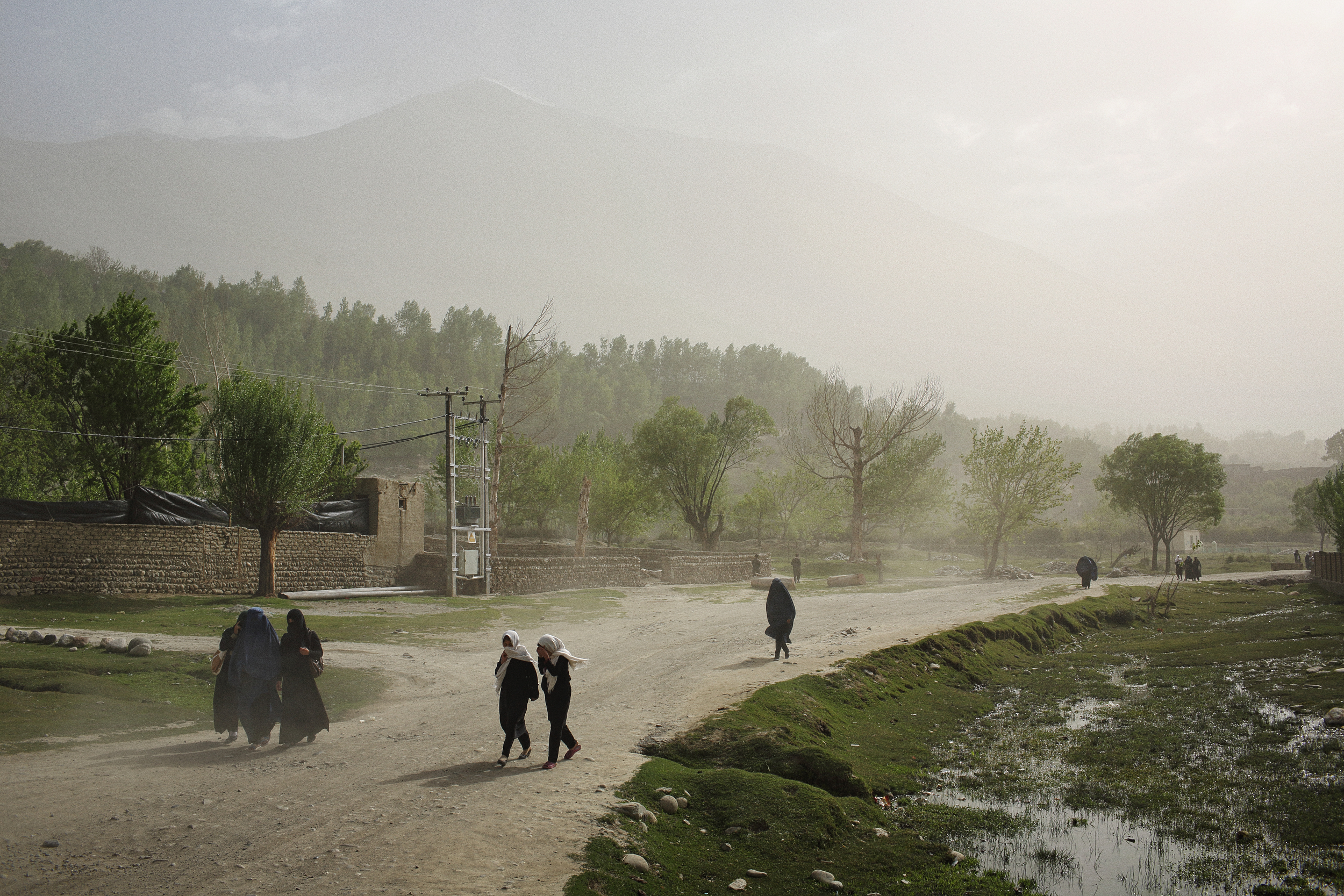
Girls walk to school on a windy morning. Takhar Province, April, 2015.
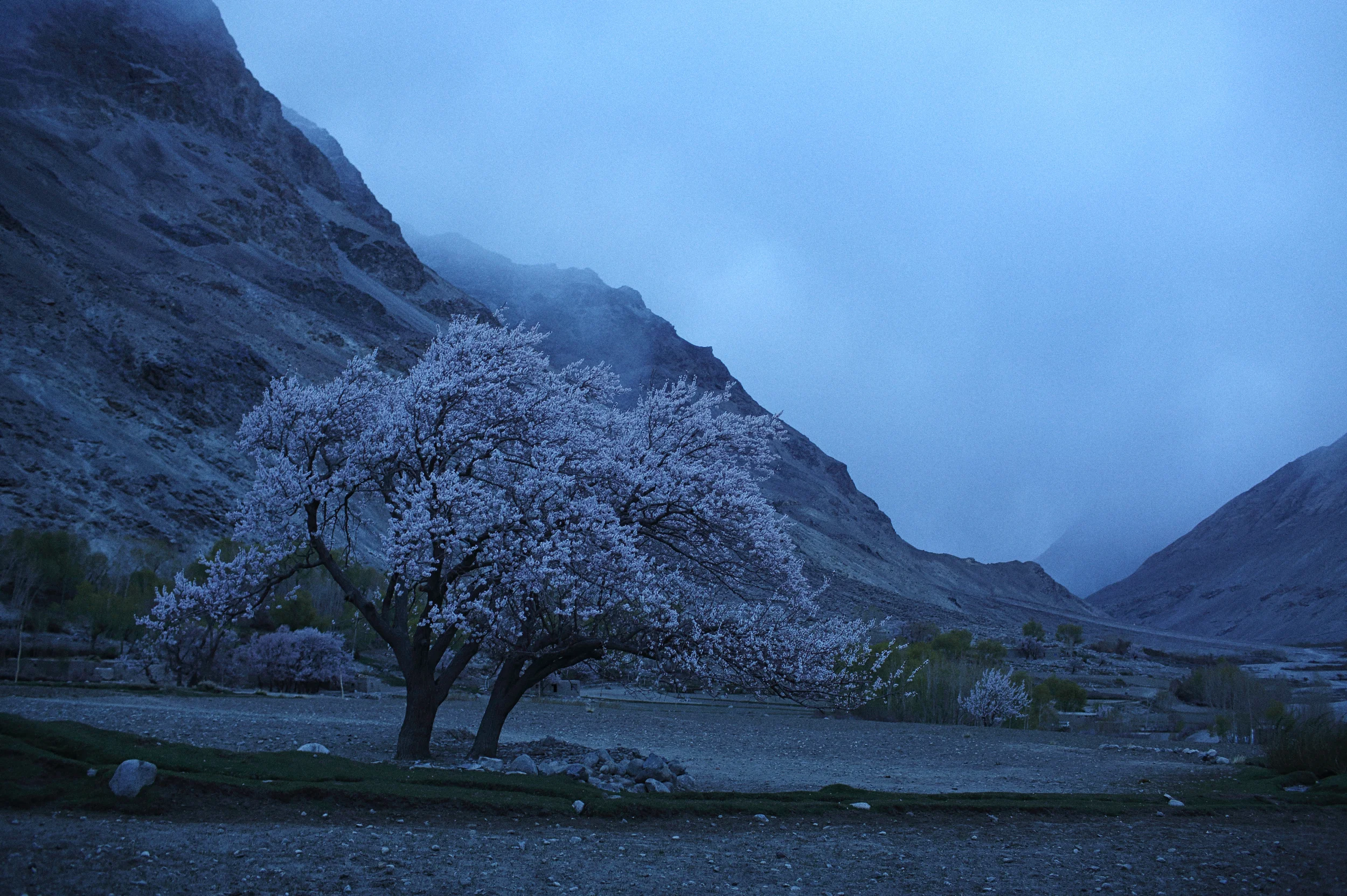
Dusk in the Wakhan Corridor. Badakhshan Province, April, 2015.

School in eastern Afghanistan’s Gulan Refugee Camp, where residents had been displaced by a military operation in North Waziristan being conducted by the Pakistani Military against Taliban and other insurgent groups who have used the tribal area as a safe haven since the 2001 U.S.-led Afghan invasion. Khost Province, May, 2015.
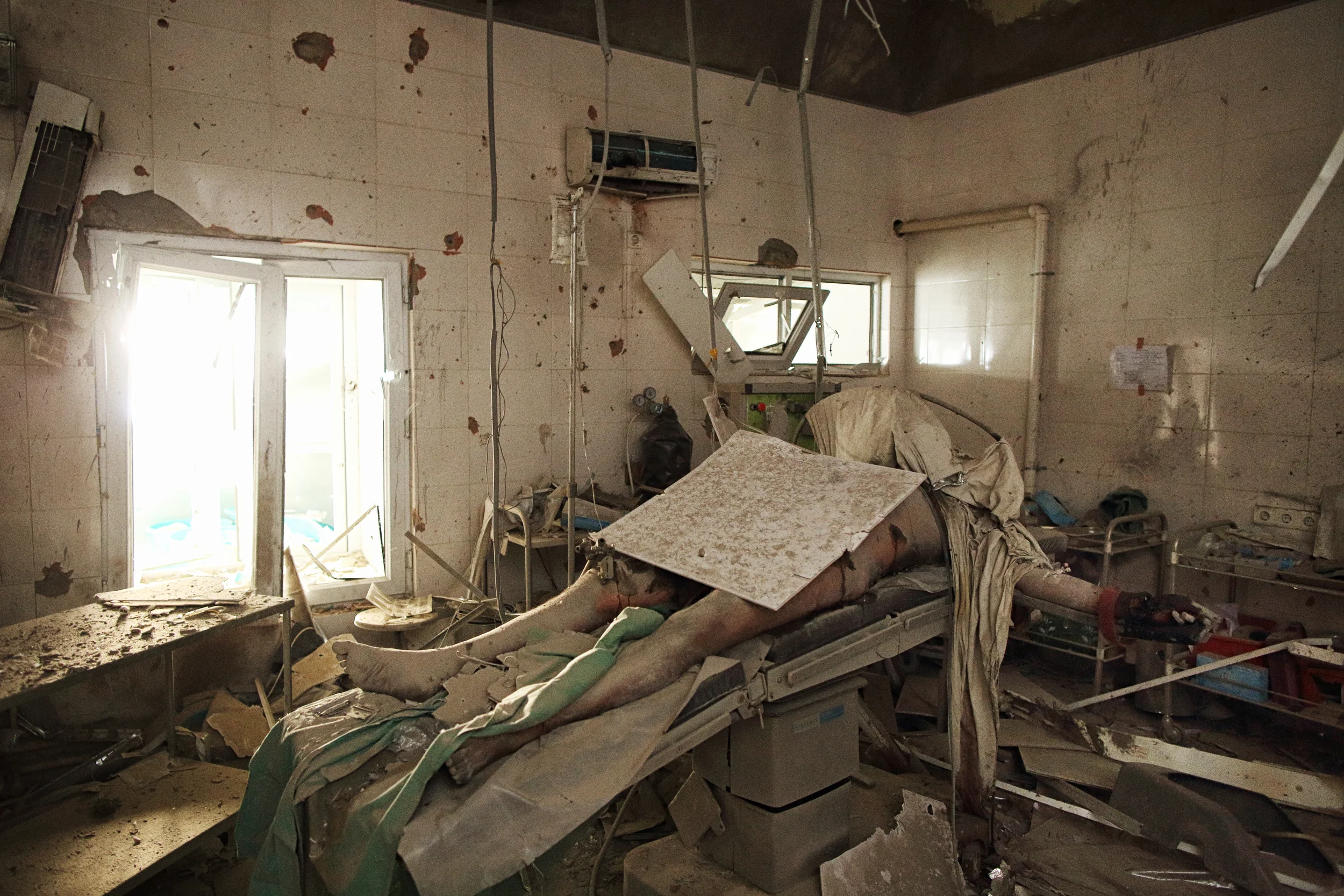
A patient of Médecines Sans Frontières’ Kunduz Trauma Centre, later identified as 43-year-old husband and father of four, Baynazar Mohammad Nazar, lays dead a week after an American AC-130 gunship destroyed the hospital, mistaking it for a Taliban command centre at the time the militants had taken control of the city from the Afghan government, while he was undergoing an operation. Kunduz Province, October, 2015.
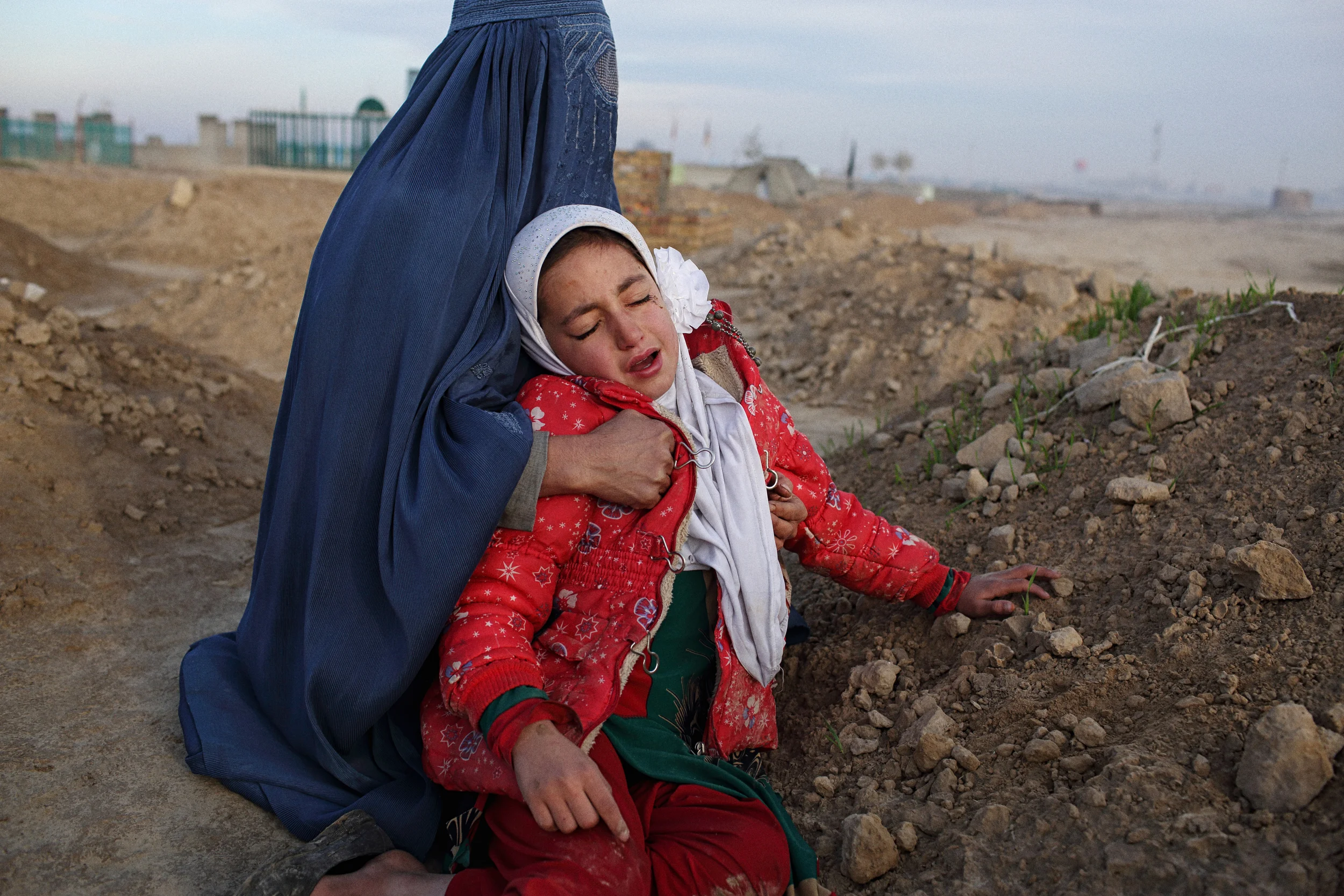
Baynazar’s widow Najibah tries to comfort her daughter Zahra during a visit to his grave a month after his death. Kunduz Province, November, 2015.
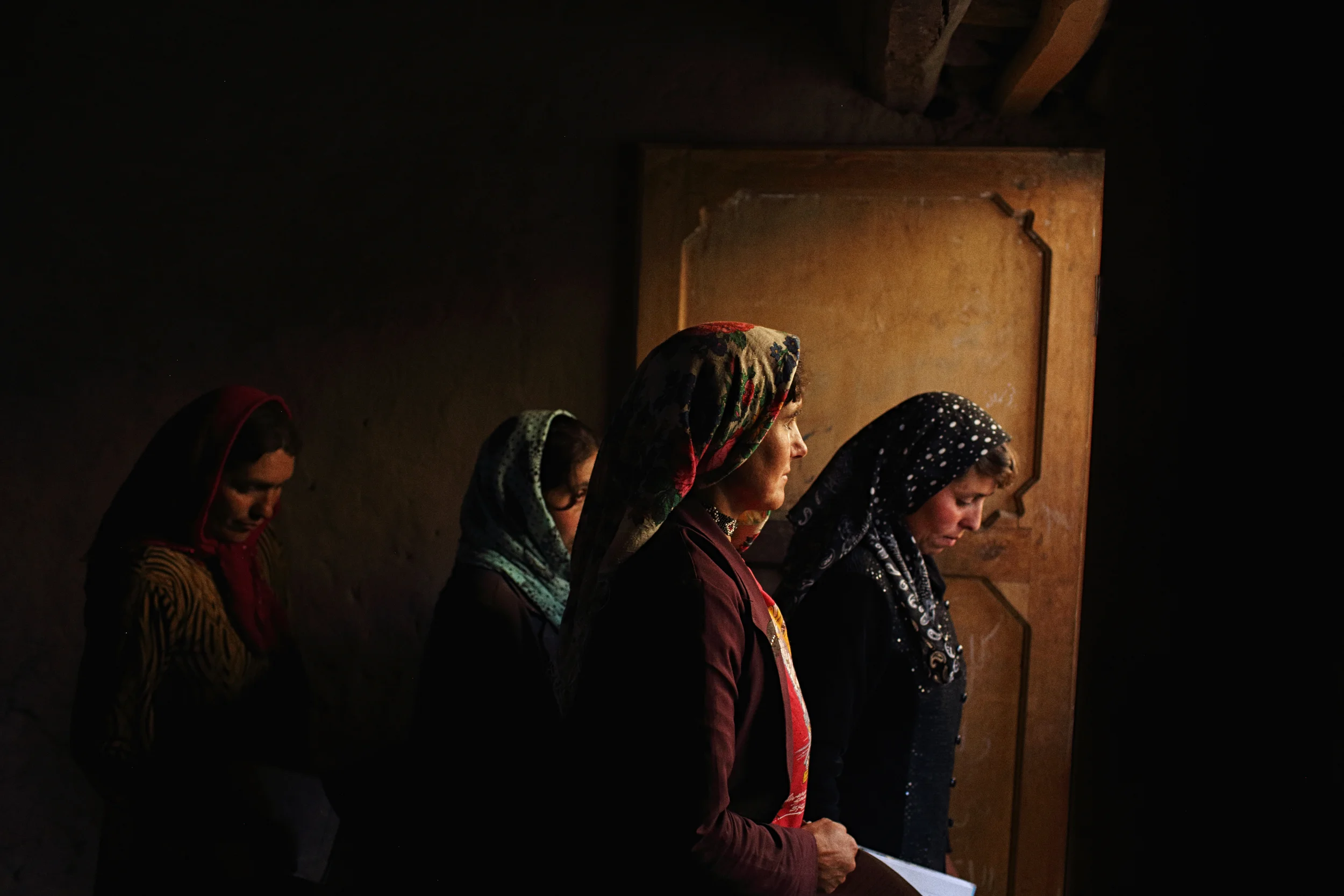
Members of a female Community-Based Savings Group, implemented to enable more independence for women, leave a meeting in the village of Chasnood Bala, north of Shugnan. Badakhshan Province, May, 2015.
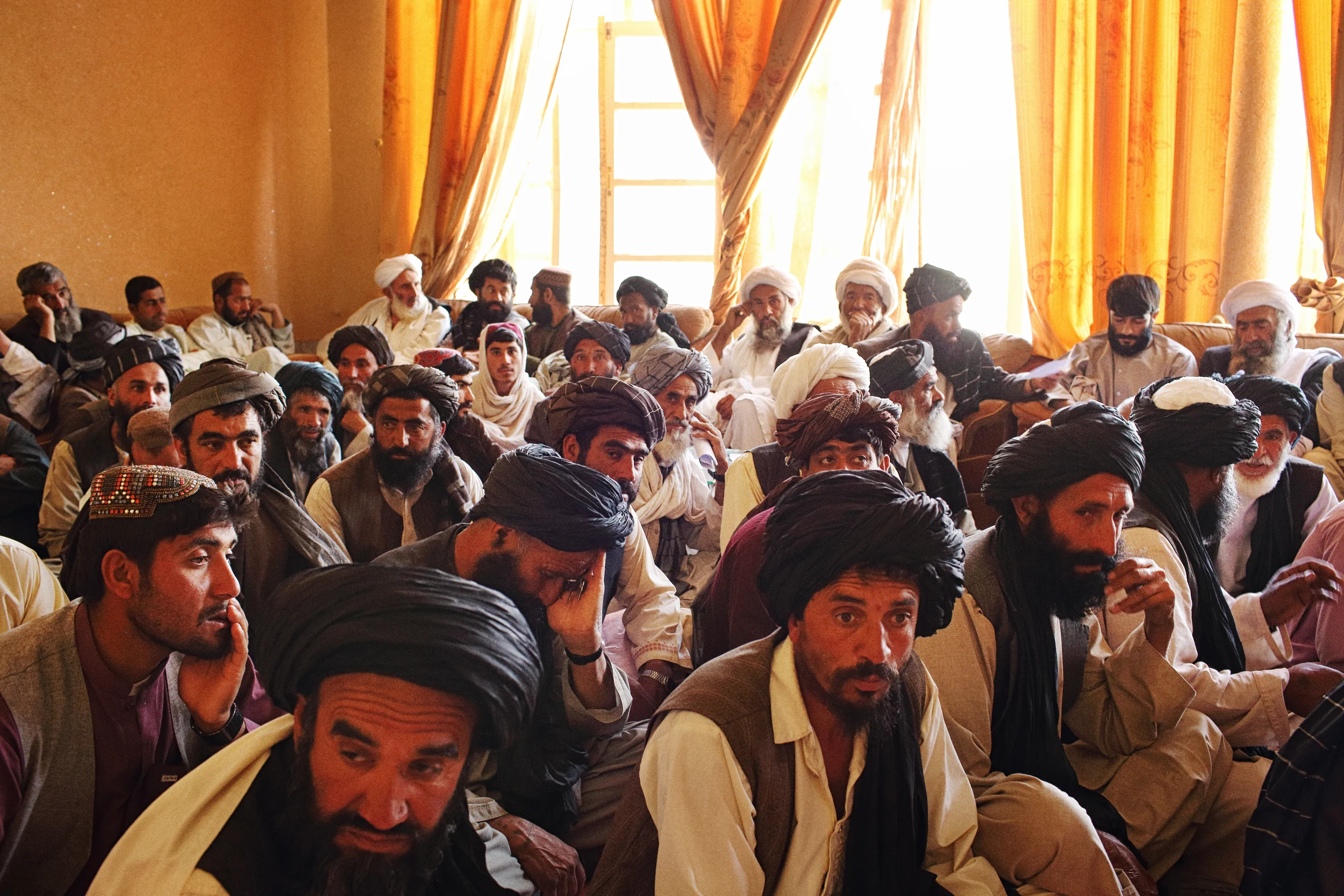
Elders from across Helmand gather to air grievances over water distribution and security before then Provincial Governor Mangal in the Bost Hotel. Helmand Province, April, 2015.
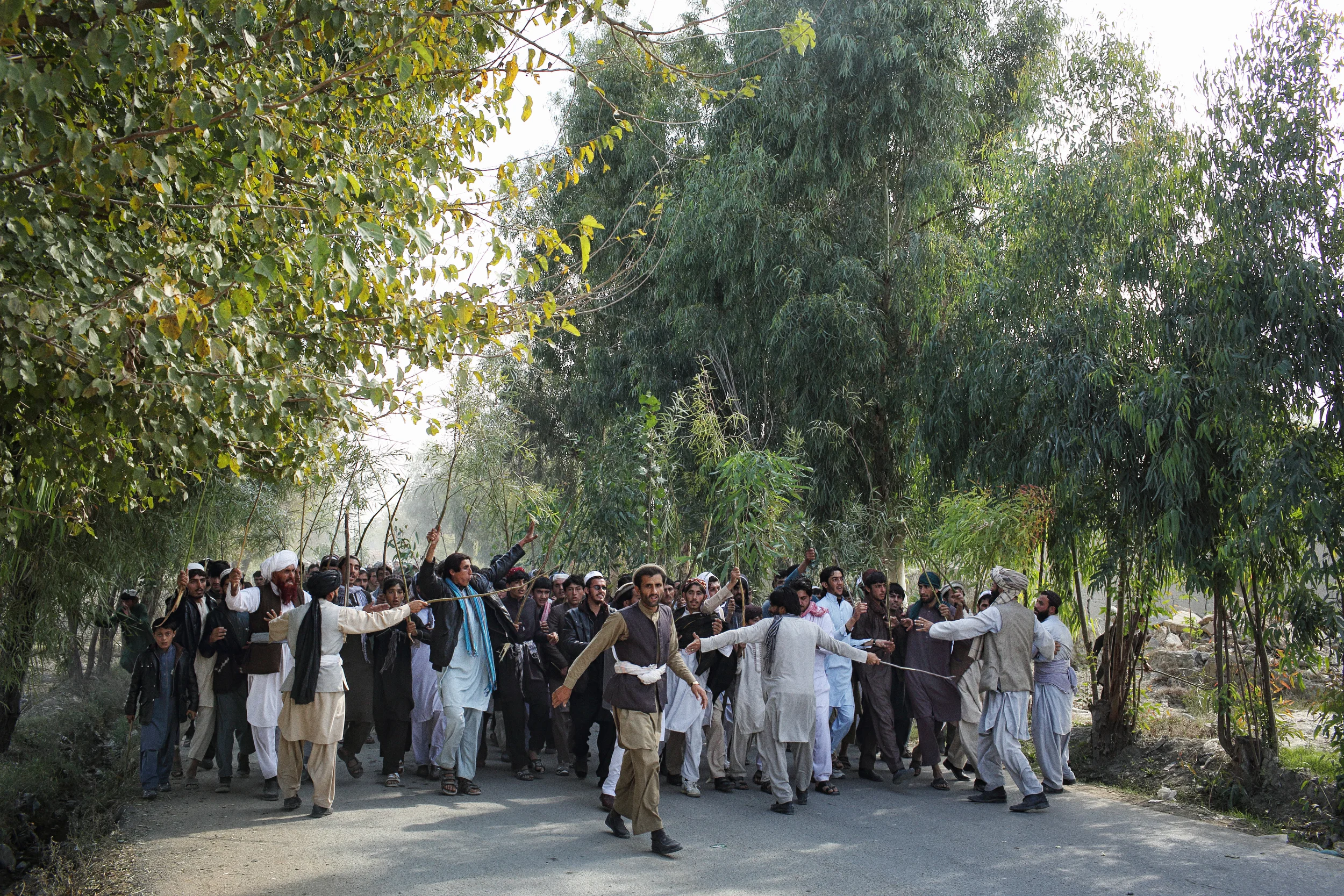
After two men were killed by the secretive, CIA-trained Khost Protection Force during a night-raid the night before, men from the village protested against the deaths in a procession, carrying the bodies of the men and, in a show of abject dissatisfaction with the government, Taliban flags. Khost Province, November, 2015.

Nightly news is broadcast by Tolo News. The Afghan-owned and run network is one of the most visible success-stories of the post-2001 era. Kabul, August, 2015.
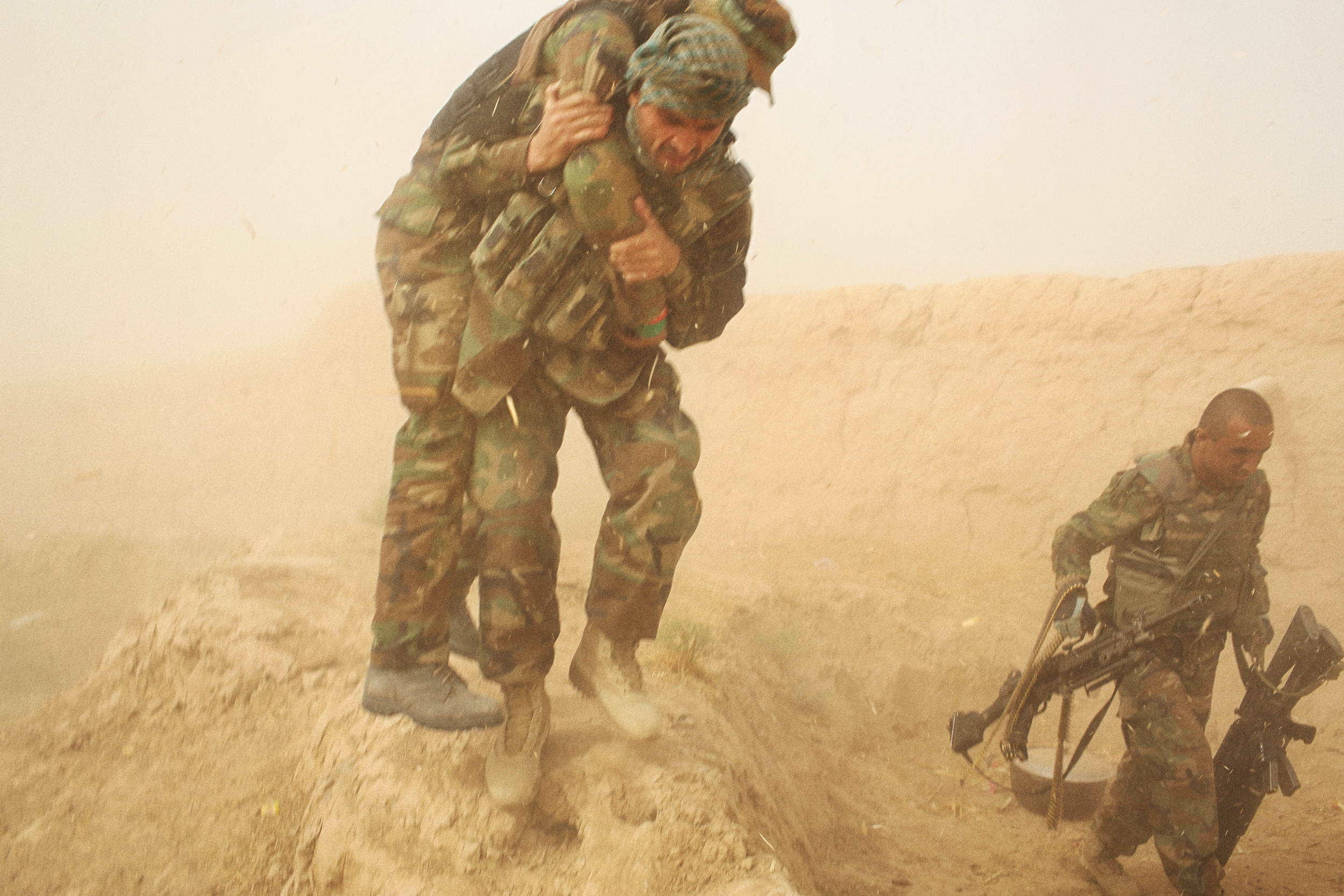
An Afghan National Army soldier carries another soldier after he was wounded by the back-blast of an ANA rocket propelled grenade during the battle to retake the City of Kunduz after the Taliban overran it a week prior. It was the first city to fall to the group since 2001. Kunduz Province, October, 2015.
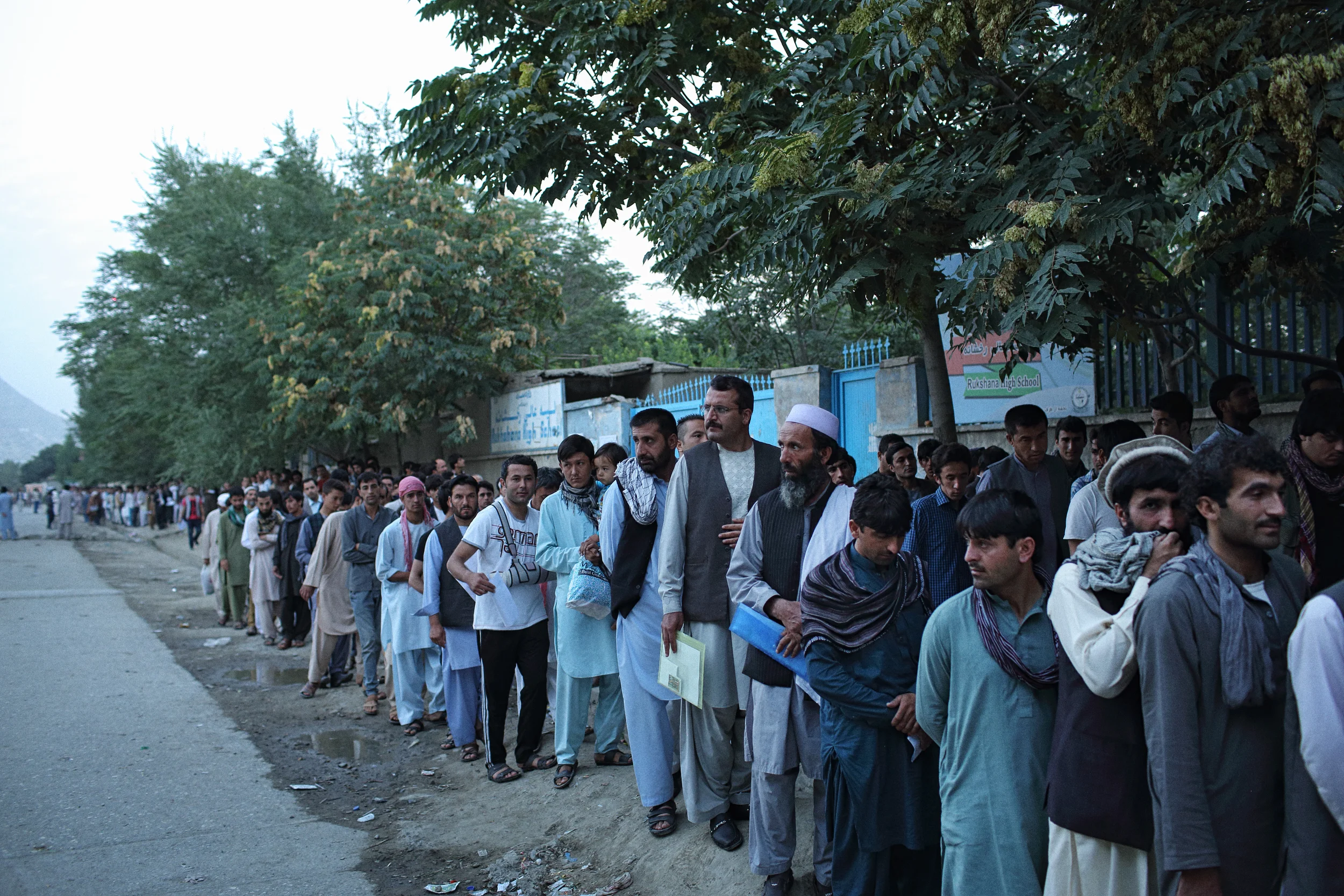
Hundreds of Afghan passport applicants queue before sunrise, outside Afghanistan's only passport office. Thousands of passports were being applied for and issued each day at the time, as an ever increasing number attempted to leave the country because of deteriorating security and job prospects. Kabul, August, 2015.

Men drink tea at dusk on the unfinished rooftop of a restaurant in Tarin Kot. Uruzgan Province, August, 2015.

Horsemen fight over the calf carcass in a buzkashi match on the capital’s northern outskirts. Kabul, March, 2015.
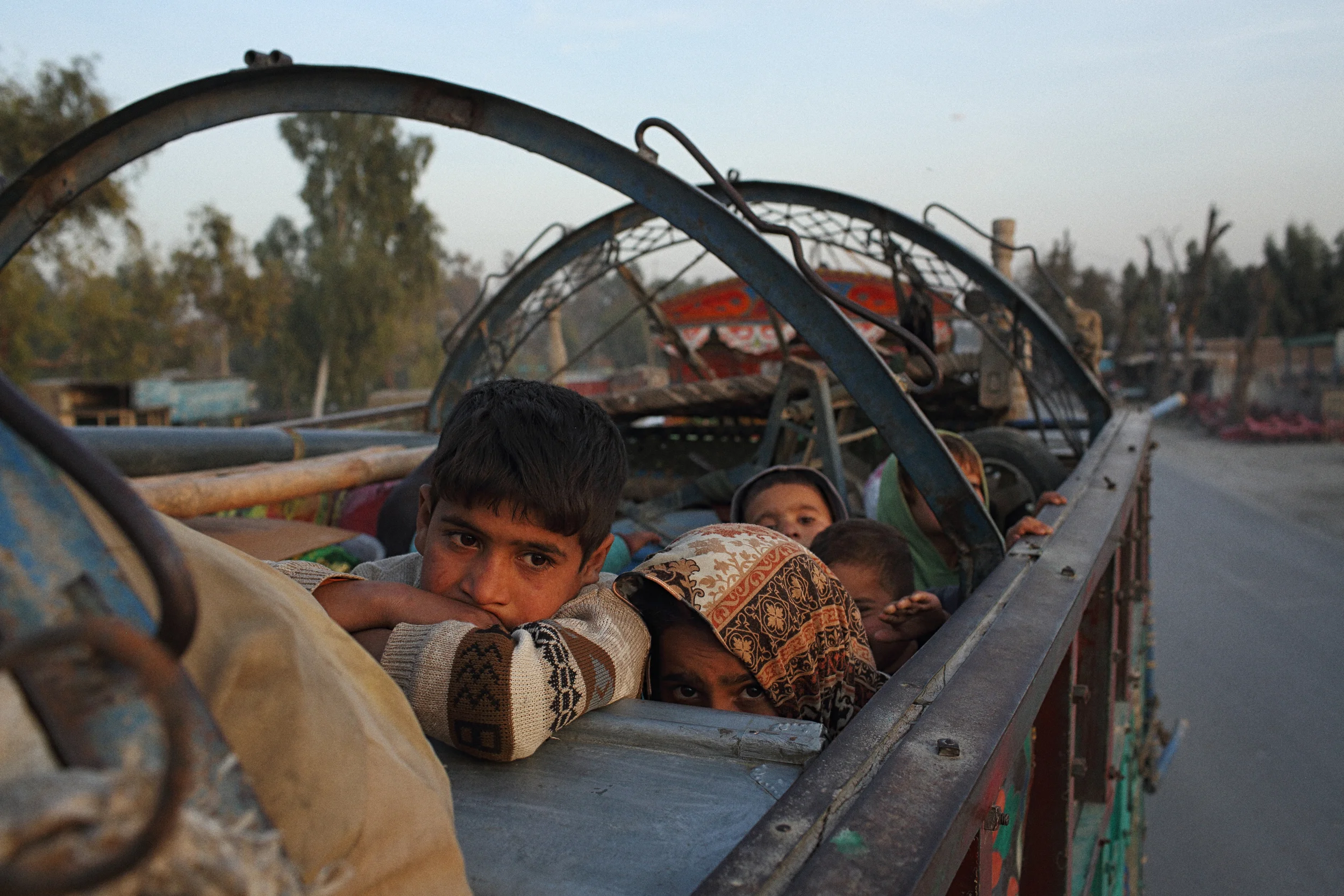
After living in and raising families in Swat, Pakistan for 30 years since fleeing the Soviet war of the 1980s, members of the decades-old Afghan refugee community—like those pictured—were systematically harassed by Pakistani authorities following a December 2014 massacre in a Peshawar school which saw 145 students and teachers killed by militants associated with the Pakistani Taliban (Tehrik-i-Taliban) which included two Afghans. It was the beginning of an outflow of as many as a million refugees back to Afghanistan in the years that followed. Nangarhar Province, February, 2015.
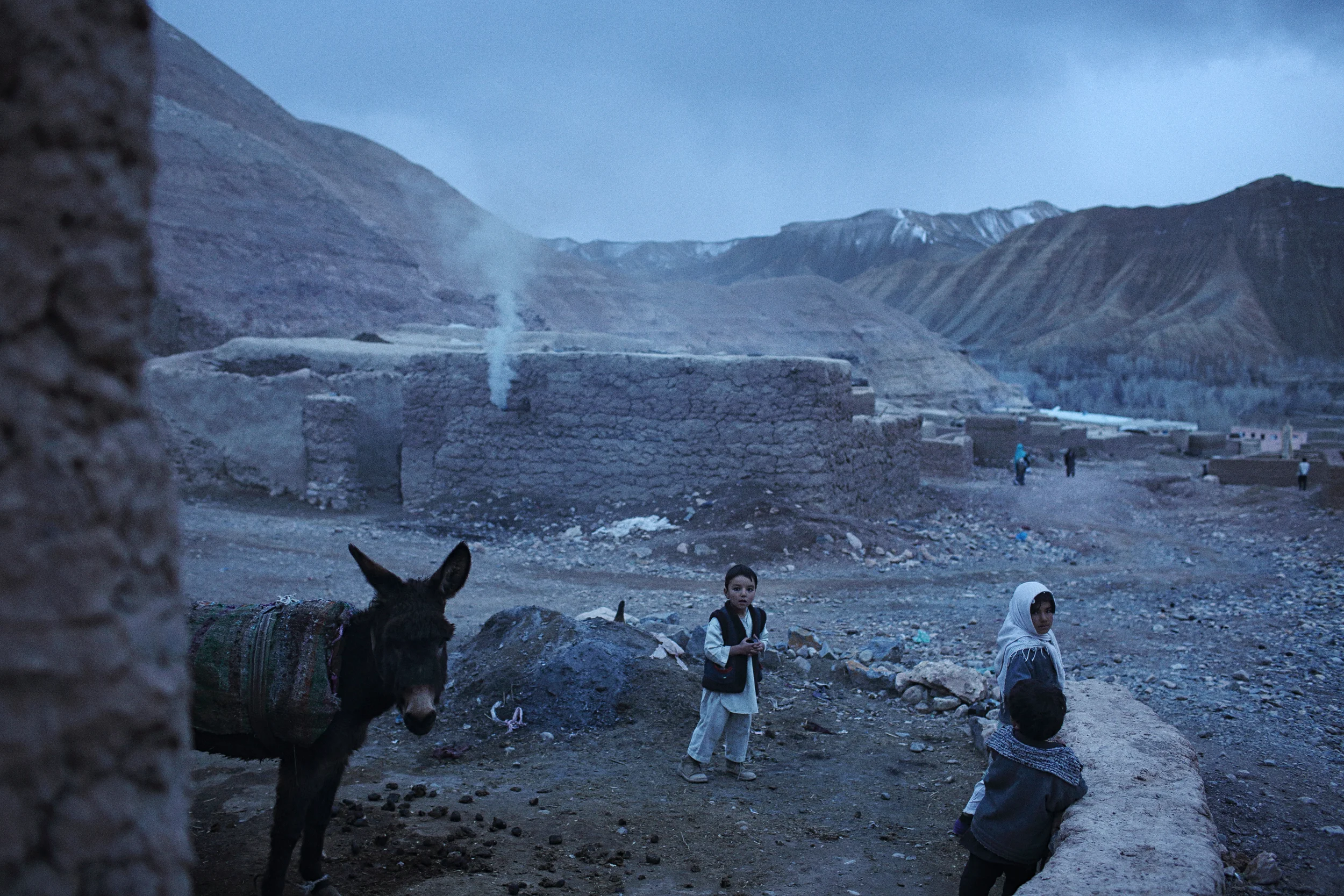
A village in central Afghanistan’s Bamiyan Province that played host to a feud between two families, one Tajik and one Hazara, who disagreed over the inter-ethnic marriage of two of their children. The couple eventually married and were granted refugee status in the U.S. Bamiyan Province, February, 2015.
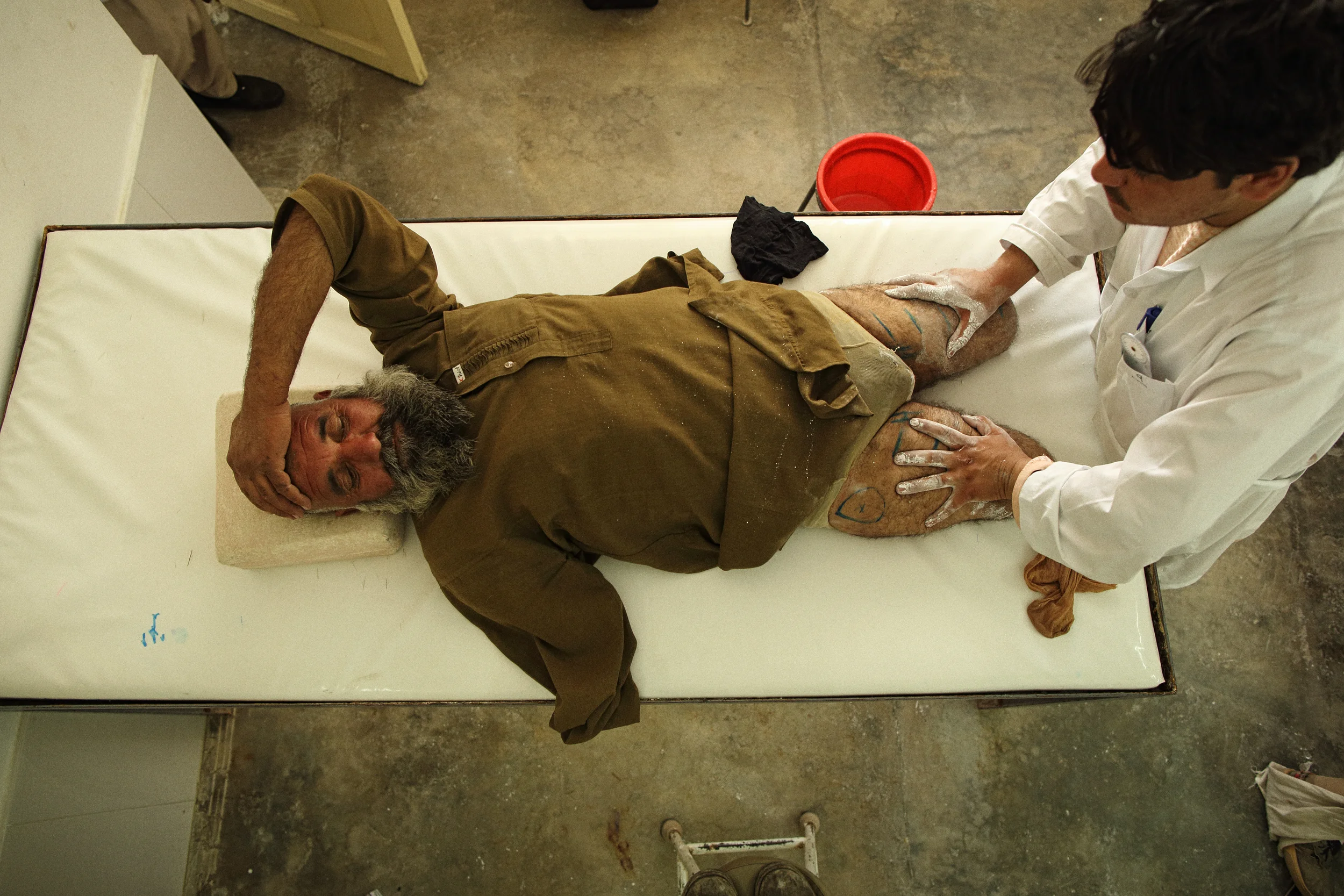
A triple amputee is fitted for prosthetic legs at an International Committee for the Red Cross orthopaedic centre in southern Afghanistan. Helmand Province, April, 2015.
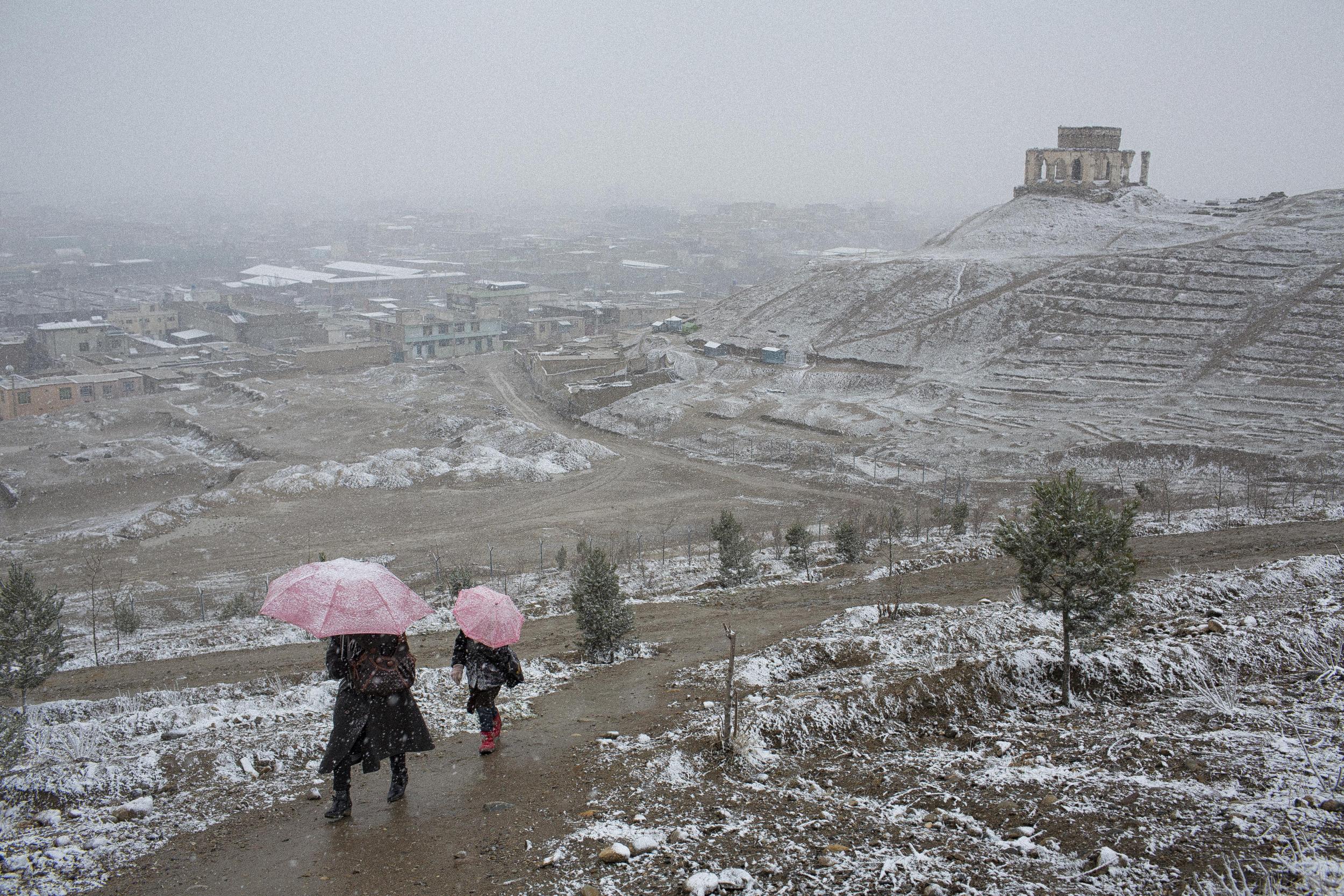
Late winter snow. Kabul, March, 2015.




















